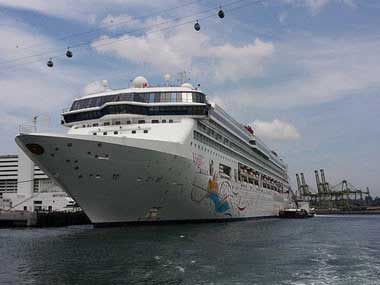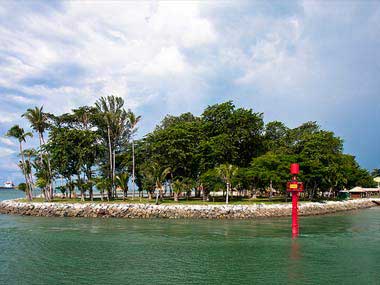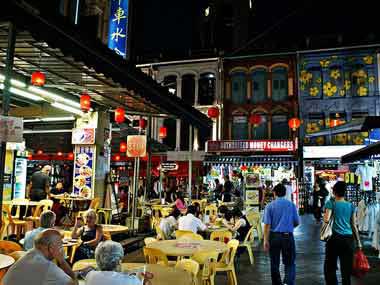Singapore is the perfect launchpad for exotic and memorable sea voyages. Its location at the southernmost tip of the Asian continent is ideal for cruising. There are numerous cruise lines to choose from, all of which have unique attributes.
Superstar Virgo will transport you to many neighbouring countries. Amongst the interesting destinations on offer are Ho Chi Minh City on the south-eastern coast of Vietnam, Redang and Langkawi, the Malayan resort in the beautiful Andaman Sea.
Legend of the Seas is a towering 70,000-tonnes cruise liner that offers so much more to its customers than just a pleasant form of sea transport. Any jaunt on this majestic ship will be crammed with fun opportunities, superb cuisine, and a fine choice of ultimate locations. Destination include Semerang, Bali, Ko Samui and Lombok, as well as many more.
Costa Classica, another large and superbly-appointed vessel, will take you to such far-flung destinations as Phuket, Penang, Kuantan and Malacca.
Asuka Cruises are ideally suited to Japanese-speakers. Renowned for the sophistication of their vessels, these ships are particularly welllaid out, with superb fittings and furnishings.
Azamara Club Cruises give off an unmistakeable historical ambience. The décor make you feel less as if you're sailing across the Pacific Ocean, more as if you've walked into a tastefully decorated old-world country club.
By complete contrast, Crystal Cruises offer a much more contemporary style. The rooms and leisure facilities are especially geared towards 21st-century travelers.
Fred Olsen cruise ships are renowned for their European look. The overall décor presents an aura of space. The entertainment suite is perfect for western tourists, featuring an array of highly-talented performers, mainly from the UK.
P & O Cruises, one of the world's oldest and most respected, offer the best in traditional British ocean cruising. The facilities are superb, with a diverse range of modern leisure offerings for adult travelers or family groups. The same criteria apply to cruises from Singapore operated by Cunard Lines.
If you are less concerned with plush surroundings or five-star banquets and more focused on a relaxed atmosphere, Oceania Cruises are ideal. The food is always well-prepared, and dining is undertaken against a laid-back atmosphere – perfect for recharging your batteries in-between the bustling stop-off points.
The Singapore Cruise Centre, located on the city state's waterfront, offers a myriad tourist destinations for travelers. Located near Sentosa Island – itself home to a theme park, wildlife reserves, adventure rides and beautiful gardens – you are already close to Changi International Airport. This location is ideal for selecting any of the numerous destinations on offer for the local cruise ships.




